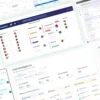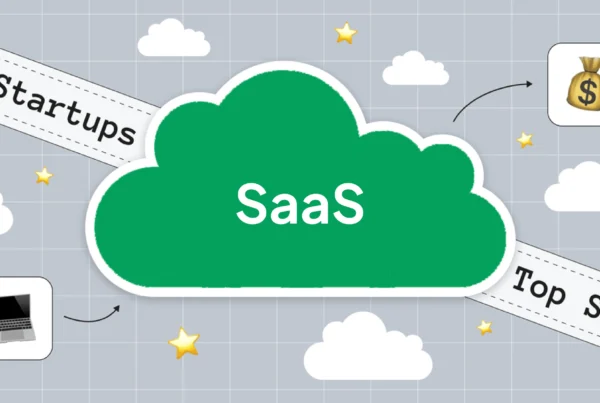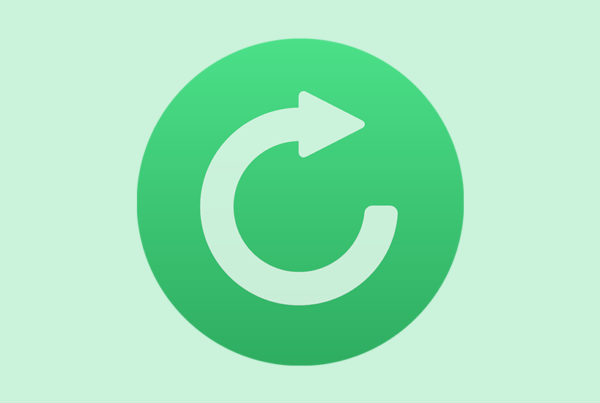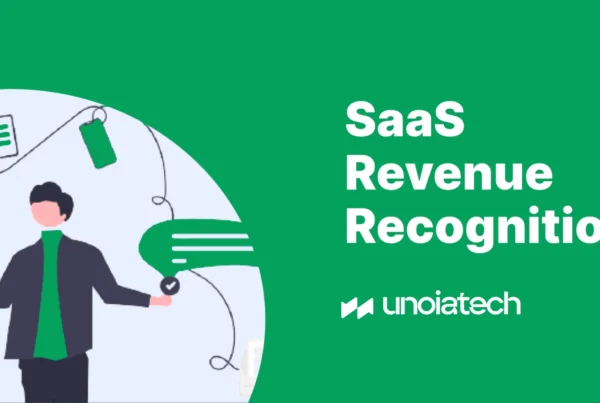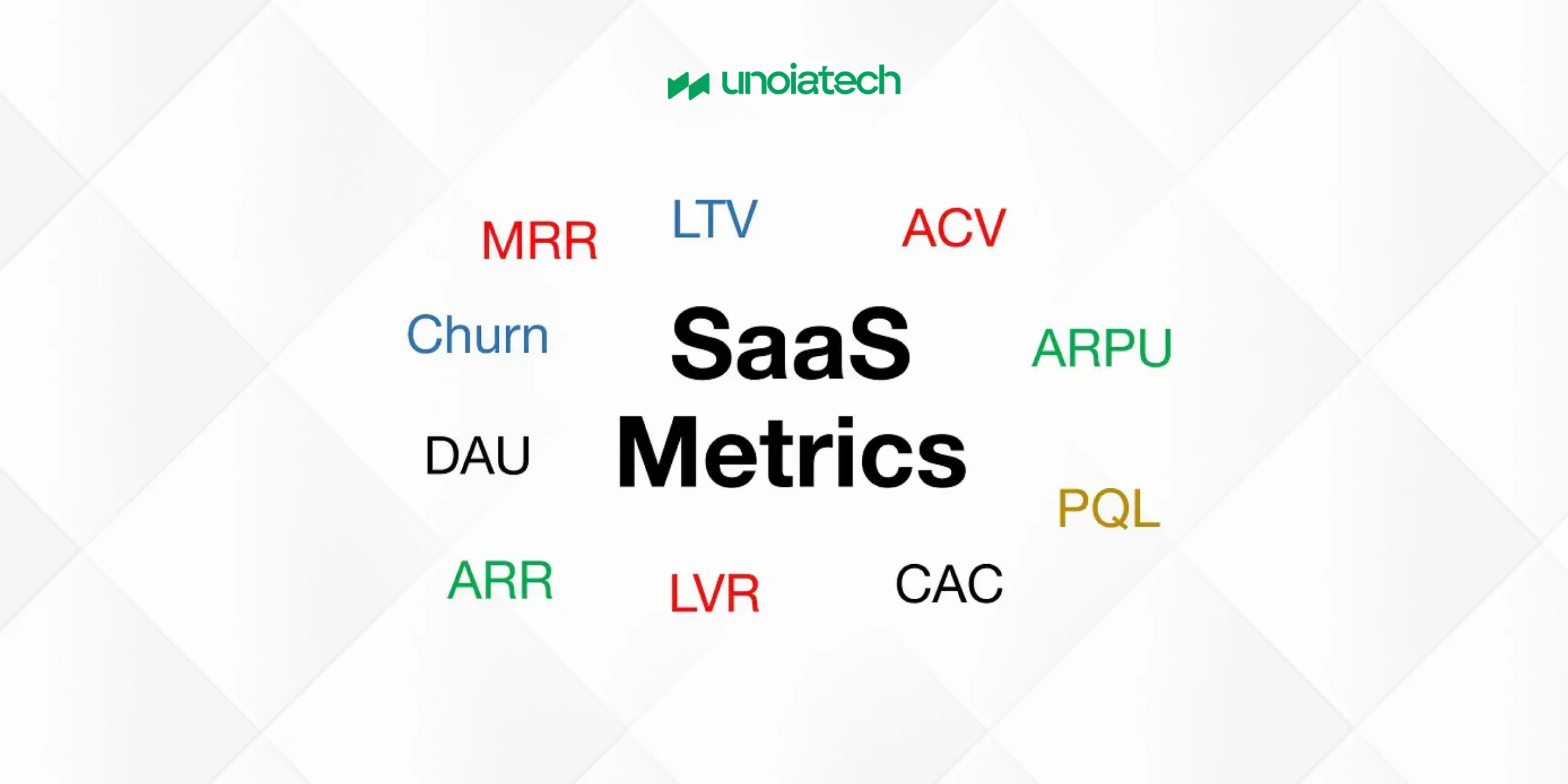
The SaaS industry is very fickle with so many start-ups every year and the failure of over 80 percent of them. So, succeeding naturally becomes very important. To track the growth of the business, there are various measures that the company can use which are known as SaaS metrics.
Calculating these metrics on a regular basis helps keep a track of your overall growth and where things are lacking. Since SaaS businesses depend entirely on the customer lifecycle, the metrics mainly track the movement of the customers and the revenues received.
Retention of customers is crucial for the business to flourish. The highest financial gain is received from the long-term relationship with customers who are regular with their subscriptions.
The three things that these metrics focus on are- sales, marketing, and the success of customers. All three are interlinked and cannot exist without each other.
This is the reason why every company keeps a track of these metrics to see how well their business is doing and make the changes accordingly.
Popular SaaS Metrics and Their Meaning
The most popularly used SaaS metrics are mentioned below:
- Churn
- Activation Rate
- Burn Rate
- Customer Lifetime Value (CLV)
- Customer Acquisition Cost (CAC)
- Monthly Recurring Revenue (MRR)
- Net Promoter Source (NPS)
Churn
Customer Churn is the number of customers that dropped their subscription or did not renew it after the specified period of time. Since SaaS businesses rely heavily on subscriptions, customer churn is an essential metric for them to determine the success and growth rate of their business. Churn rate gives the business owner an understanding of how customers perceive their product and if they are satisfied with it to continue their subscription.
Activation Rate
The activation rate is the rate at which the new customers become active customers by perceiving the value of the company’s product. It is the number of users who performed a given ‘key action within a specified period of time that delivers the initial customer value.
For example, an app that allows you to order food online. The product is activated only after the customer places their first order and unlocks the value of the company’s product.
This metric is a direct measure of the success of the product and hence it is considered vital in determining a company’s overall growth.
Since, most SaaS companies offer a free trial to attract customers, after the trial ends it is up to them how they keep the customer interested in the product, enough for them to stick to it.
Burn Rate
As the name suggests, the burn rate is the rate at which a company loses its money. Knowing well enough that the percentage of SaaS businesses is very high, this metric becomes important to keep a track of. It will help determine how quickly a company is depleting all of its cash sources over a period of time so that the investors have an idea of how much time the business has before going under.
The formula for burn rate is given by:
Net burn rate = Cash amount / monthly operating expenses
Every business should keep a track of their burn rate regardless of how well they think their business is doing. Securing investors for a growing business is very important because that funding provides means for the business to run. Therefore, it becomes crucial to decipher the burn rate on a regular basis to have secure funding at all times with the bare minimum loss.
Brad Feld coined the “40% Rule” for a healthy SaaS business. Net profit growth rate, both should add up to 40%.
Customer Lifetime Value (CLV)
SaaS business is all about serving their customers and keeping them satisfied, so naturally, you focus heavily on the customer lifecycle. The Customer Lifetime Value refers to the average customer’s revenue generated over a lifetime of their account created within the company. It can be calculated very easily.
CLV = Customer value X average customer lifespan
You can predict how profitable a customer is and will be in the future by calculating the customer lifetime value. This can help a company readjust its engagement strategies.
Customer Acquisition Cost
This metric is self-explanatory as it means the cost that a company spent to acquire a new customer or the money invested in the strategies for new customers. Calculating and tracking this metric is important because the cost of acquiring a customer should never exceed the amount of money that is generated by the customer. The formula for calculating customer acquisition cost is given below.
CAC = Total cost of sales and marketing / number of acquired customers
This will help a company devise cost-efficient strategies for attracting new customers.
Monthly Recurring Revenue (MRR) / Annual Recurring Revenue (ARR)
Monthly recurring revenue is a measure of the revenue generated by the customer over the course of a month. Similarly, annual recurring revenue is the revenue generated by the customer over the course of a year.
Both ARR and MRR give an insight into the financial well-being of a business and the progress that it is making.
Net Promoter Source (NPS)
The net promoter score is a metric that lets a company assess the loyalty of its customer base. This helps a company determine how the customers are perceiving their products and what they feel about them. NPS is usually measured through the surveys that a company conducts which usually inquire about the customer’s willingness of recommending the product to other people.
For a start-up, this metric is really useful as it lets the company know the adjustments it needs to make.
How Businesses Use SaaS Metrics
Careful and meticulous calculations at each and every step of the way and readjusting your strategies according to them is essentially what prevents the failure of a SaaS business which is providing a worthy product to the customer.
Acquiring new customers is tempting but retaining old customers is just as important. So, calculating these metrics helps a business stay afloat and be in constant check of their performance and the general public’s opinion of the product.



